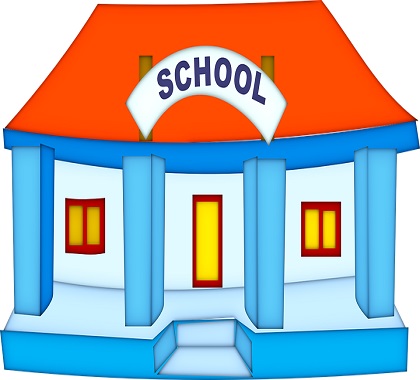More than half of Americans surveyed in a new poll say parents with children enrolled in government schools should be given tax vouchers to facilitate “[enrolling] their children in private schools instead.”
In the poll conducted by Knowledge Networks (KN) and released by Education Next on September 14, 54 percent of respondents said they support expansion of government programs providing tuition assistance for private-school enrollment.
In May 2018, KN researchers interviewed a random, nationwide sample of 4,601 adults, oversampling individuals identifying as parents, schoolteachers, African-Americans, and Hispanics.
The study, released in September, is the 12th annual edition of the EdNext Poll, a yearly survey tracking Americans’ opinions on education issues. Education Next is a peer-reviewed academic journal published by the John F. Kennedy School of Government at Harvard University.
Power to the Parents
Robert Holland, a senior fellow for education policy with The Heartland Institute, which publishes Budget & Tax News, says school choice is all about giving parents more power to choose what’s best for their children.
“School choice basically means parents having the power to choose the school or alternative educational environment they deem best for their children,” Holland said. “It can work in a variety of ways. Parents have the fullest, freest school choice when they have the ability to use private-sector options. Voucher programs enable families to use part of the public money set aside for their children’s education to pay full or partial tuition at a private school, either religious or nonreligious.”
Tommy Schultz, national communications director of the American Federation for Children, says educational freedom opens up a universe of opportunities for childhood learning.
“School choice gives families options when it comes to their children’s K-12 education,” Schultz said. “Families deserve the freedom to determine what school is the best fit for their child. It affirms the aspiration that all kids can learn in the right educational environment.”
Choices, Choices, Choices
Holland says families are eager for all forms of education choice.
“There are programs making corporations or individuals eligible to receive tax credits if they donate money to nonprofits that award children private-school scholarships,” Holland said. “An advantage of tax-credit scholarships is that no money passes through government treasuries, thereby rendering them less vulnerable to legal challenge. Moreover, growing numbers of parents are choosing to homeschool their children, sometimes together with other families, sharing their resources and teaching abilities in homeschooling co-ops that meet in homes, churches, or community centers.”
The rising interest in choice is occurring because parents are becoming increasingly frustrated with the autocratic nature of the nation’s education establishment, Holland says.
“All types of public-school choices are subject to micromanagement or even nullification from government authorities keen to enforce their own political agendas,” Holland said. “In addition, many parents are frustrated by the growing centralization of authority in education that is essentially stripping them of all say-so in how their children are taught and what curricula are used. The attempted nationwide imposition by Washington insiders of a one-size-fits-all Common Core regimen of standards and assessments was the final straw for many parents.”
Easy As E-S-A
Holland says education savings accounts (ESAs) are an increasingly popular way to give parents greater choice in their child’s education.
“A recent innovation in school choice is the education savings account, which allows parents to withdraw their children from government schools and receive a deposit of a portion, usually 90 percent, of their child’s share of state education appropriations into a savings account with defined, but multiple, potential uses,” Holland said. “Parents may use ESA withdrawals for private-school tuition, online classes, private tutoring, community college classes, education-related therapies, or higher education costs. In short, this form of choice enables parents to customize a child’s education to best meet his or her individual needs.”
Holland says ESAs take school choice to the next level.
“Adopted in a half-dozen states in recent years, the ESA approach may well be the most effective initiative available for breaking monopolistic practices in K-12 education,” Holland said. “As parents exercised educational choice, as opposed to merely choice of one school, a thriving marketplace in educational services and supplies could develop, thereby easing the viselike grip of the statist monopoly.”
Competition and Quality
Schultz says increasing competition and choice improves the quality of all education options, including government schools.
“Why is it that families can choose what doctor to take their children to and where to shop for groceries, but should have no say in where to send their children to school?” Schultz said. “Just as the health care system and retail standards improve with the existence of more options, so does school quality.”
Schultz says it’s clear the nation’s education system needs thorough reform.
“Lawmakers should look at our current education system as a whole, which—at approximately $650 billion per year—spends the equivalent of the U.S. Department of Defense, and ask, ‘Why is it that less than 40 percent of fourth- and eighth-grade students can perform at grade level in reading and math?'”




